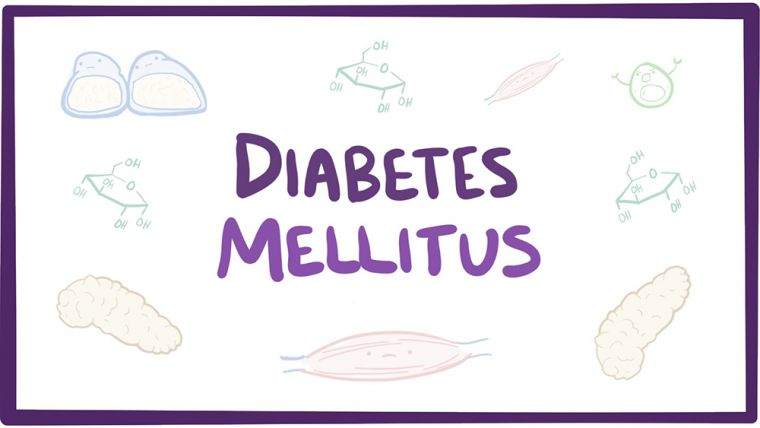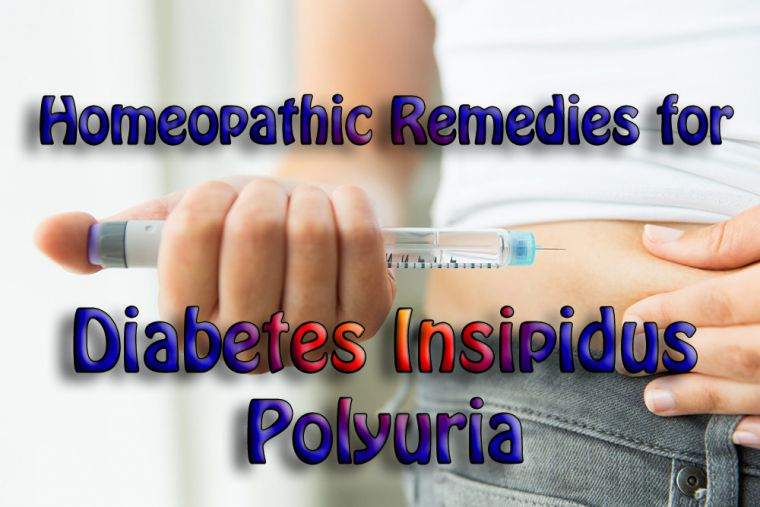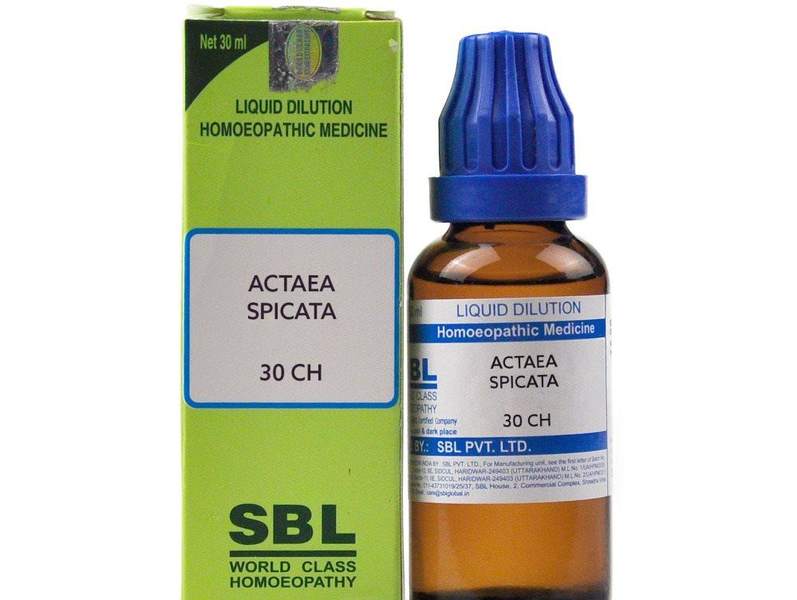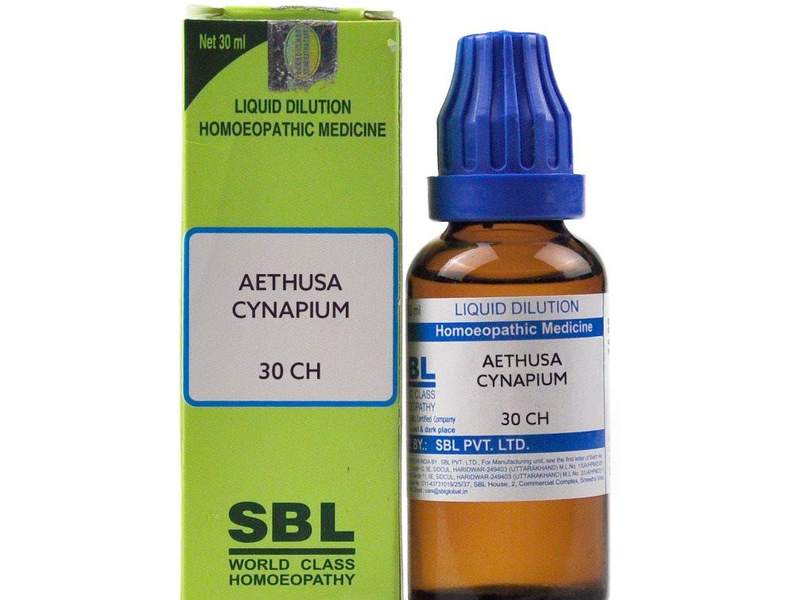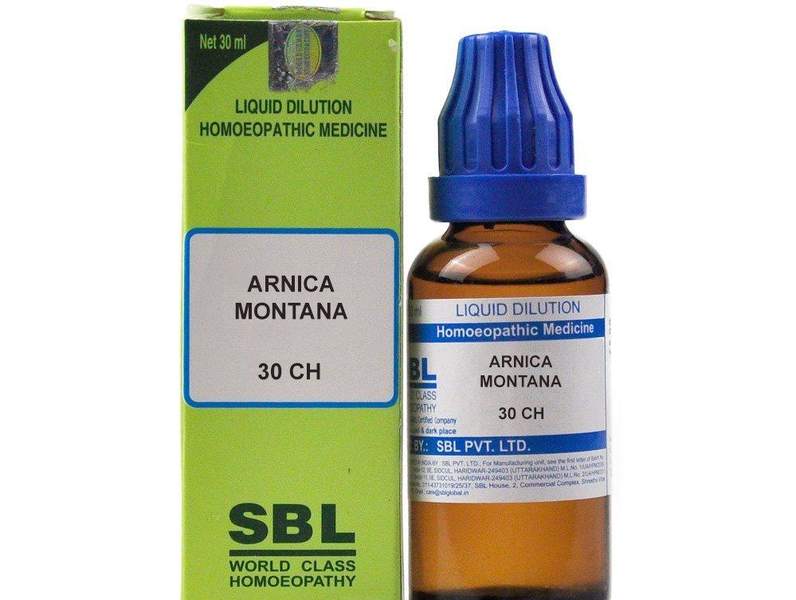Homeopathic Remedy for Diabetes Mellitus
₹1,653.00 Original price was: ₹1,653.00.₹1,147.00Current price is: ₹1,147.00.
Homeopathic Remedy for Diabetes Mellitus
Diabetes is a disruption in metabolism, the way your body used food. It is a disease in which the body does not produce or respond to insulin, a hormone that is essential for energy production and growth.
Normal metabolism:
Food passes through esophagus to stomach and small intestines where digestion converts some of it into sugar (glucose), which enters the blood stream. Sensing an increase in glucose levels, beta cells in pancreas secrete insulin, a hormone that enables glucose to enter body cells. Cells use glucose for energy or store as fat for later.
Major forms of diabetes
- Type 1: One in about 20 people with diabetes is affected with this type. The pancreas produces no insulin or insufficient amounts and a person must receive insulin daily. This type usually strikes before the age of 30.
- Type 2: The most common form usually occurs after the age of 40 in overweight people. The insulin made by the pancreas is inadequate to prevent glucose from building up in the blood. Obesity increases resistance to insulin and is a major risk factor for developing Type 2 diabetes.
A. NON-INSULIN DEPENDENT DIABETES
The onset in this type of diabetes is slow and generally not accompanied by any symptom. It usually occurs after 40 years of age. Loss of weight and diet control often bring the blood sugar within normal range. Proper exercise and the indicated remedy will remove the discomfort.
B. INSULIN DEPENDENT DIABETES
In this type of diabetes, the body simply does not produce insulin.
C. INSULIN DEPENDENT DIABETES: TYPE 2 DIABETES
It mostly occurs in children and young adults, and is due to lack of insulin or the patient’s insulin does not work to convert sugar to glucose. Without insulin in adequate quantity and in proper form, glucose cannot enter cells and remains in the blood. Eventually, it spills into the urine which is passed frequently. To give proper treatment, urine and blood tests are necessary
Acidum phos. 1x or 2x (Thrice a day): Diabetes in nervous patients. Physical soreness due to grief, worry and anxiety. If given in the early stages of the disease, it cures.
Arsenicum alb. (Thrice a day): Persistent, unquenchable thirst. Sips water in small quantities and at short intervals. The mouth is generally dry. Itching of the body and pruritus. Here use Ars-br.
Avena sat.: Oats help protecting the rise of glucose levels in blood by slowing down sugar absorption.
Cantharidinum Q (Thrice a day): Blood sugar increases with high blood pressure. Give 10 drops in water, three times a day.
Cephalandra Q (Thrice a day): It works in both types of diabetes. Give 10 drops in water, thrice daily.
Crataegus oxy Q (Thrice a day): Diabetes in children. Thrice daily – one to fifteen drops a dose according to age. It gives results after about 15 days of its use – then it should be continued till cured.
Crataegus oxy Q, Rauwolfia Q, Passiflora Q. (Thrice a day) 15 drops in ½ cup of water: These three remedies mixed in equal quantities are good for diabetes with hypertension. It brings down the blood pressure and sugar level in blood within a few days.
Fenugreek Q (Thrice a day) (East Indian methi): Mother tincture prepared from the yellow seeds and given in 10-15 drops a dose, thrice daily controls diabetes and reduces sugar in blood and urine. Also controls simple polyuria.
Ginseng Q (Thrice a day): It helps maintain blood sugar levels in non-diabetics and lowers blood sugar levels in diabetics – improves blood circulation and lowers blood pressure.
Gymnema syl. Q (Thrice a day): 5-10 drops, four hourly. It is especially useful when the patient has an (Gur mar) abolished taste for bitter things. Reduces glucose in blood. Sexual debility. Large quantities of urine make the patient weak.
Helonias Q (Thrice a day): It is useful for both mellitus and insipidus diabetes when there is excessive thirst, restlessness, melancholia and emaciation.
Insulinum 3x (Thrice a day): It is the hormone secreted by the pancreas, which is a ductless gland. It may be used in the beginning of the treatment and thereafter inter currently. It helps production of adequate quantity of insulin in the proper form. Epileptic convulsions and mental de-arrangements can be produced by injections of this hormone. If administered at suitable occasions, it maintains the normal level of sugar.
Iris vers. (Thrice a day): Diabetes in patients suffering from disease of the pancreas, with burning in its region and vomiting. Acidity. Diarrhea or constipation.
Lacticum acidum (Thrice a day): Persistent hunger and dry tongue. Copious urine, nausea, debility, great hunger, gastralgia and Rheumatic pains in joints of shoulders, knees, wrists with great weakness.
Mercurius sol (Thrice a day): Persistent unquenchable thirst though there is much moisture (saliva) in the mouth.
Natrium mur.: It is useful in diabetes when other symptoms agree with the remedy.
Pancreatinum: This pancreatic extract is useful when diabetes is due to a malfunction or disease of the pancreas.
Pepsinum 1x to 3x (Thrice a day): Diabetes due to the illness of the pancreas. Gout. Marasmus of children and emaciation.
Phlorizinum 2x: 15 drops of it taken three times a day checks increase in blood sugar and cures excessive sugar in blood and urine. For best results. It should be given with Syzygium jamb. Q simultaneously.
Phaseolus (Thrice a day): Diabetes with gout.
Phosphorus (Twice a day): Diabetes in tubercular patients, or in patients suffering from Rheumatism. The pancreas is diseased and does not function properly. Increased quantity of urine and the patient desires cold water on account of extreme dryness of the mouth. Useful in atrophy of the pancreas in diabetic patients.
Ratanhia (Thrice a day): Diabetes, but with scanty urine.
Syzygium jamb. Q (Thrice a day), Uranium nit. 3x (Thrice a day): Both combined or given separately in alternation, three hourly, reduce sugar in blood and urine speedily. Usually result is available in ten days. Uranium nit. also controls high blood pressure. Syzygium jamb. Q is a very useful remedy and works in two ways. It strengthens the blood vessels which are weakened by the disease and helps prevent related eye sight problems.
Tarentula his. (Thrice a day): Rapid weight loss. Irritability with violent impulses. Copious urine.
Thyreoidinum (Thrice a day): Diabetes mellitus when there is great weakness and rapid change of symptoms.
Uranium nit. 3x (Thrice a day): Diabetes due to defective digestion. There is much thirst and enormous appetite, yet the patient continues to emaciate.
NOTE 1: Normal blood sugar is 6-5% or 90 to 120 mg in 100 ml of blood. 40% diabetics have hypertension.
NOTE 2: Conclusive diagnosis of diabetes can be found by testing of blood and urine in a clinical laboratory.
NOTE 3: People over 45 are at a risk of developing diabetes. With diabetes, the body cannot use or store properly the energy produced from the food eaten. It is because the pancreas either does not produce the required quantity of insulin or the insulin produced is not of a good quality. Failure to arrest the disease can result in damage of nerves and arteries, kidney failure and blindness. Risk factors include, being over-weight, being inactive and having a family history of the disease. Early diagnosis, healthy eating, weight control and regular testing of blood and urine are essential.
NOTE 4: General symptoms of diabetes are increased urination and thirst, coupled with weight loss, vomiting and dehydration.
Related products
Homeopathic Medicine
Homeopathic Medicine
Arsenic Album 30 Homeopathy – Arsenicum Album Materia Medica
Homeopathic Medicine
Homeopathic Medicine
Homeopathic Medicine
Homeopathic Medicine
Homeopathic Medicine
Asafoetida Homeopathy Benefits, Uses – Asafoetida 30 Homeopathy Medicine
Homeopathic Medicine

